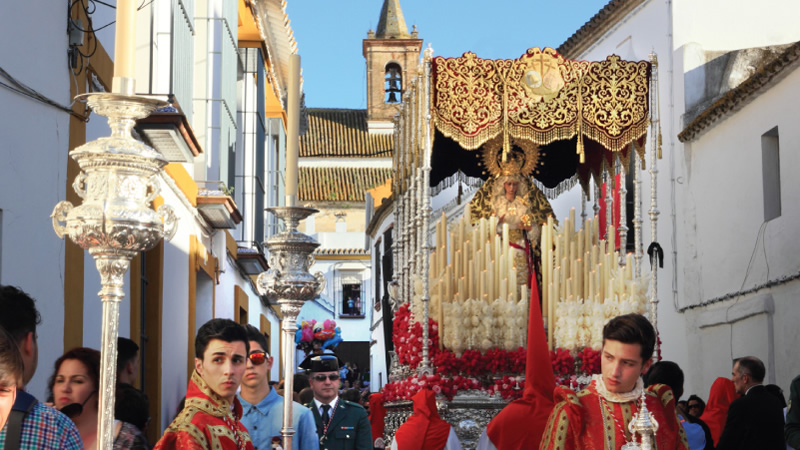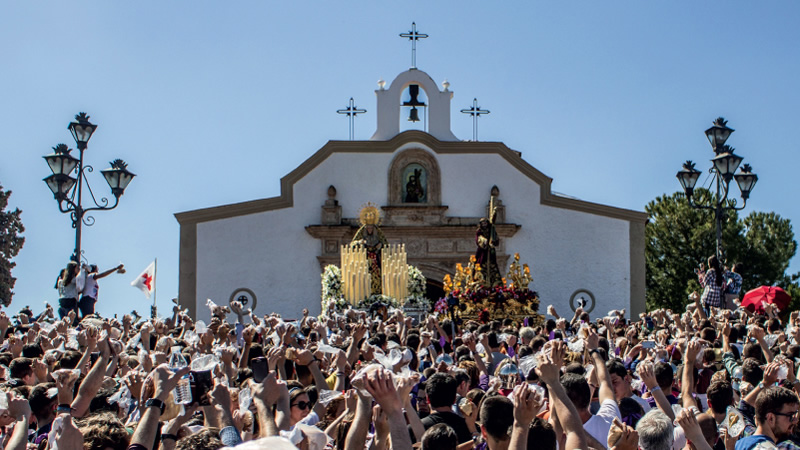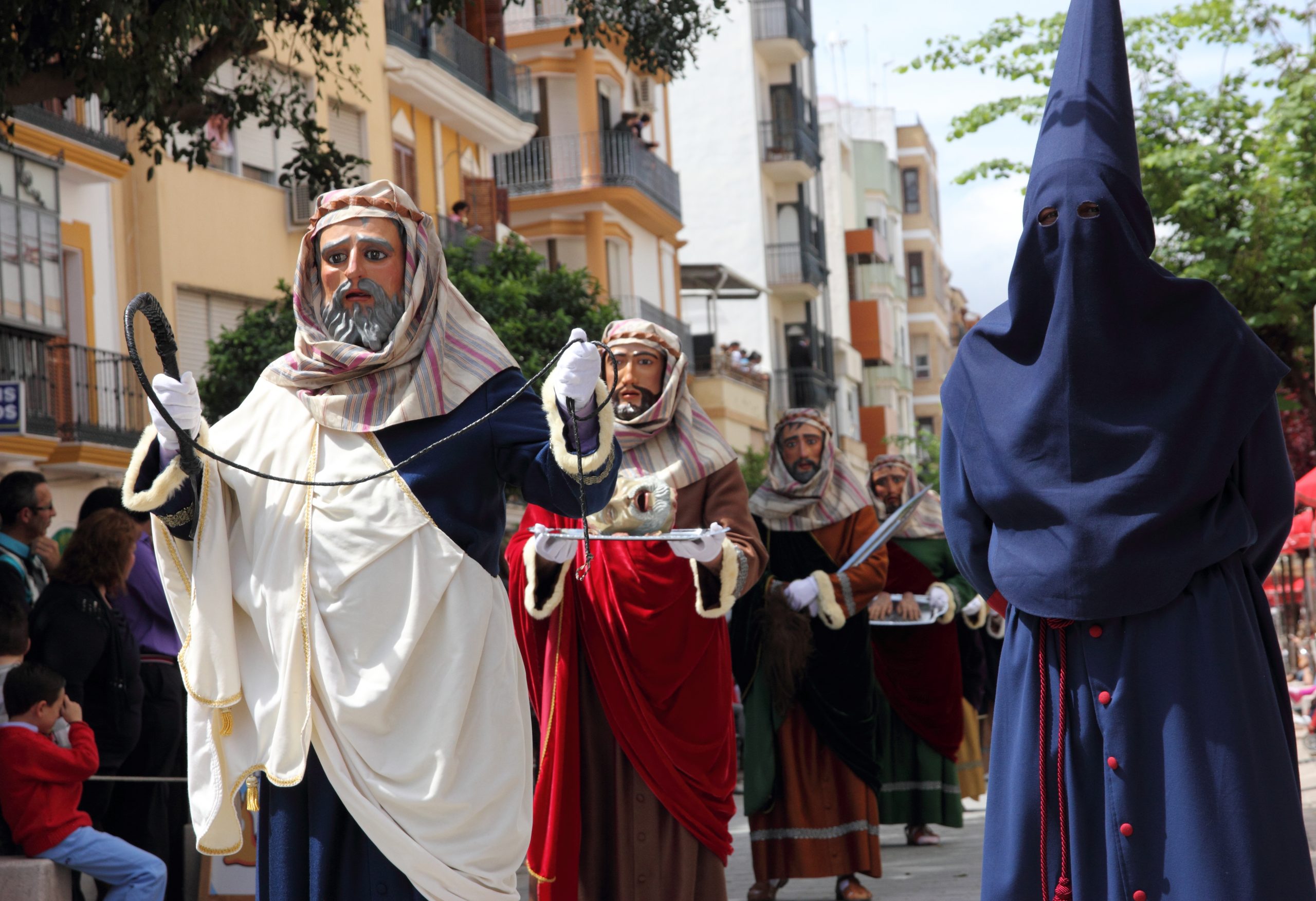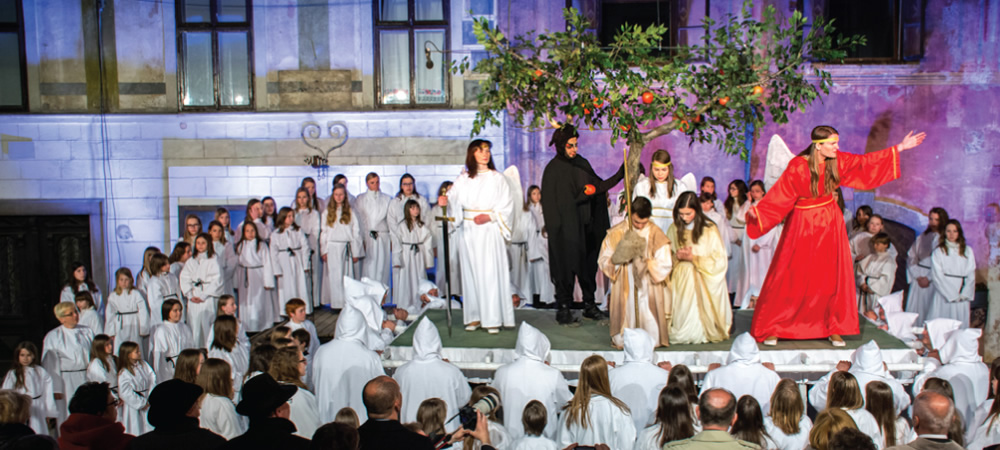
Skofja Loka, one of the best preserved medieval towns in Slovenia, holds every six years the performance of “Škofja Loka Passion Play”, an event that takes place in the form of a procession in the streets and squares of the town center during Lent and Easter. More than 900 participants are involved in this representation of the last stage of the life of Jesus that takes place in the old part of the town, protected for its artistic and historical value.
Based on a manuscript by a Capuchin monk father Romuald, the work describes 13 scenes from the Stations of the Cross and others from the Old and New Testaments. It is considered the oldest existing dramatic text in the Slovenian language and the oldest fully preserved director’s book in Europe.
 The creation of the “Škofja Loka Passion Play” and the start of its performing has until recently been dated to the year 1721. Further analyzes have revealed that Father Romuald wrote the main text of the “Škofja Loka Passion Play” in 1715 and then added to it till the year 1727. The preserved version with 13 scenes was presumably created in 1727 when Friar Romuald left Škofja Loka or transferred his role of procession leader to someone else.
The creation of the “Škofja Loka Passion Play” and the start of its performing has until recently been dated to the year 1721. Further analyzes have revealed that Father Romuald wrote the main text of the “Škofja Loka Passion Play” in 1715 and then added to it till the year 1727. The preserved version with 13 scenes was presumably created in 1727 when Friar Romuald left Škofja Loka or transferred his role of procession leader to someone else.
In the 18th century, the Loka Passion procession was held annually until 1767 when it was abolished. From the abolition until the first quarter of the 20th century there were no performances of the Passion play. It was staged again in the courtyard of the town school on the occasion of the Craft-Industrial Exhibition in Škofja Loka in 1936, by Tine Debeljak. The Second World War prevented new staging. After the war, and even after, the staging was absolutely impossible due to the communist regime in the country. Therefore, the entire “Škofja Loka Passion Play” in its original form was performed in 1999, and then again in 2000, 2009 and 2015.
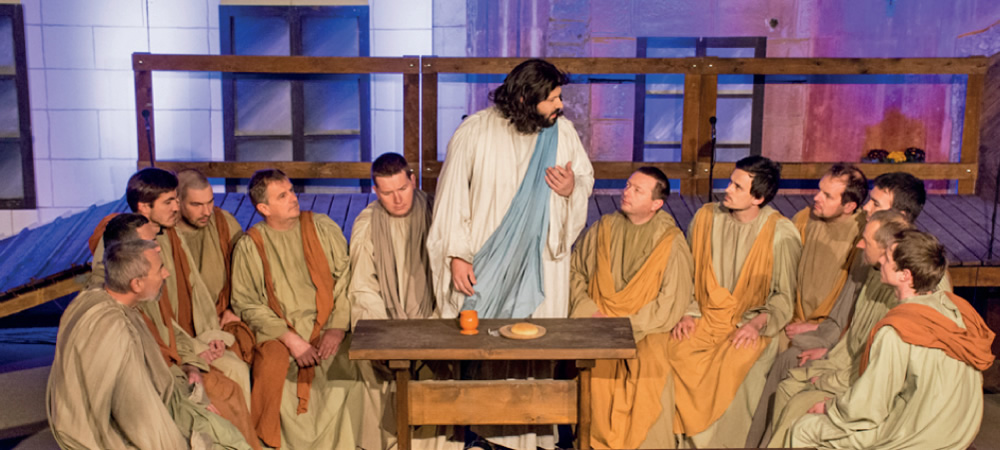 Today, the “Škofja Loka Passion Play”, just like in Romuald’s time, is still held during Lent and Easter and takes place along the streets and squares of the medieval town of Škofja Loka. The bearers and practitioners of the “Škofja Loka Passion Play” are the residents of Škofja Loka and the nearby villages who are preserving the Passion play heritage with their voluntary participation. Around 900 participants and 80 riders are involved in each performance. The “Škofja Loka Passion Play” was successfully inscribed on 1 December 2016 on the UNESCO Representative list of the Intangible Cultural Heritage of Humanity.
Today, the “Škofja Loka Passion Play”, just like in Romuald’s time, is still held during Lent and Easter and takes place along the streets and squares of the medieval town of Škofja Loka. The bearers and practitioners of the “Škofja Loka Passion Play” are the residents of Škofja Loka and the nearby villages who are preserving the Passion play heritage with their voluntary participation. Around 900 participants and 80 riders are involved in each performance. The “Škofja Loka Passion Play” was successfully inscribed on 1 December 2016 on the UNESCO Representative list of the Intangible Cultural Heritage of Humanity.
Performed in the dialect of the time in which it was written, and given the complexity of its performance, the “Škofja Loka Passion Play” is held only every six years. Hundreds of spectators are located at the various stages across the town center to enjoy a magnificent procession in which there is great involvement and social participation, given by the number of people who represent it, where the inhabitants of the time are emulated, with suits tailored for the occasion. The knowledge and skills associated with the Passion play heritage have been transmitted from the older to the younger generations, by the families who have participated and by the artisans who help in the performance, which is also part of the program of local school studies.



